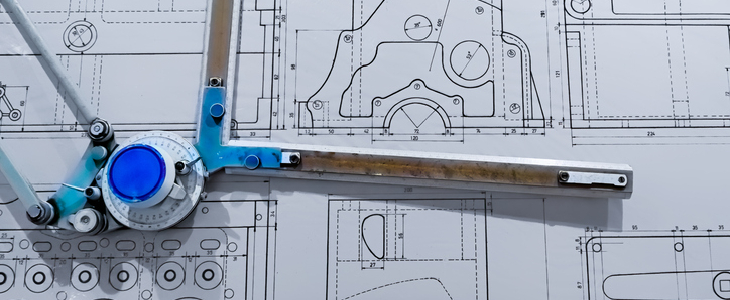Patent drawings are a critical component of any patent application. These illustrations provide a visual representation of your invention, helping to convey its functionality and unique features. Accurate and detailed drawings can significantly enhance the understanding of an invention, playing a key role in the patent examination process. Ensuring that your patent drawings meet the required standards is essential for a successful patent application. Here are seven essential elements to include in your patent drawings:
1. Clarity and Detail
Clarity and detail are paramount in patent drawings. These illustrations must be precise and detailed, leaving no room for ambiguity about the invention’s design and functionality. Every line, dimension, and angle needs to be drawn with accuracy to convey the exact nature of the invention. Clear, detailed drawings not only facilitate a smoother review process by the patent examiner but also strengthen the legal protection of the patent by precisely defining the invention’s scope. This attention to detail can significantly influence the outcome of the patent application.
2. Compliance With USPTO Guidelines
Adhering to the United States Patent and Trademark Office (USPTO) guidelines is crucial for patent drawings. The USPTO has specific requirements regarding the format, size, and style of these illustrations. For instance, drawings must be in black ink on white paper, with certain line quality and shading techniques. Non-compliance can result in the rejection of a drawing, potentially delaying the patent process. Understanding and following these guidelines ensures that the drawings are accepted in the first submission, streamlining the patent application process.
3. Use of Professional Drafting Software
Utilizing professional drafting software is a game-changer for creating patent drawings. These advanced tools offer precision and a range of features that traditional drawing methods can’t match. Software like AutoCAD, SolidWorks, or SketchUp enables inventors to produce highly detailed and accurate representations of their inventions. They allow for easy adjustments and fine-tuning, ensuring that every aspect of the invention is depicted with clarity. By using these professional tools, inventors can enhance the quality of their patent illustrations, thereby contributing to a stronger patent application.
4. Scale and Proportion Accuracy
Accuracy in scale and proportion is essential in patent drawings. These elements must precisely represent the actual size and relative dimensions of the invention to avoid misinterpretation. Accurate scaling ensures that each component of the invention is depicted in correct relation to the others, providing a true-to-life representation. This accuracy is critical not only for the approval of the patent but also for safeguarding the invention’s integrity in legal scenarios. Maintaining precise scale and proportion in drawings underscores the professionalism and thoroughness of the patent application.
5. Indicating Movements and Parts
Indicating movements and parts clearly in patent drawings is important for illustrating how an invention operates. It’s crucial to depict any moving components and their interactions precisely. This involves using dashed lines, arrows, or other markers to show motion paths and articulate moving parts. Additionally, labeling each part distinctly aids in comprehensively describing the invention’s functionality. These detailed depictions not only facilitate the examiner’s understanding but also strengthen the patent’s enforceability by clearly defining the mechanics of the invention in a visual format.
6. Including Multiple Views
Including multiple views in patent drawings is fundamental for a comprehensive representation of an invention. A single perspective might not adequately capture the intricacies of a design. By presenting various angles — front, top, side, and sometimes cross-sectional views — inventors provide a fuller understanding of their creation. These multiple views ensure that every aspect of the invention, including hidden features or internal components, is visible and understandable. This thoroughness not only aids patent examiners in their assessment but also enhances the legal robustness of the patent documentation.
7. Professional Review and Revision
Engaging a professional in reviewing and revising patent drawings can be highly beneficial. Experts in this field have a keen eye for detail and a deep understanding of patent requirements. They can identify potential issues and suggest improvements to ensure the drawings meet all legal standards. This professional input is invaluable in enhancing the quality and precision of the illustrations, thus reducing the risk of rejection by the patent office. A professional review often leads to refined drawings that more effectively communicate the invention’s nuances, bolstering the patent application’s strength.
Contact an Experienced Patent Attorney
At Gearhart Law, we’re committed to your success in the patent application process. Our experienced team can guide you through creating successful patent drawings. Don’t leave your invention’s future to chance—reach out to us today for assistance that can make all the difference in securing your patent.


